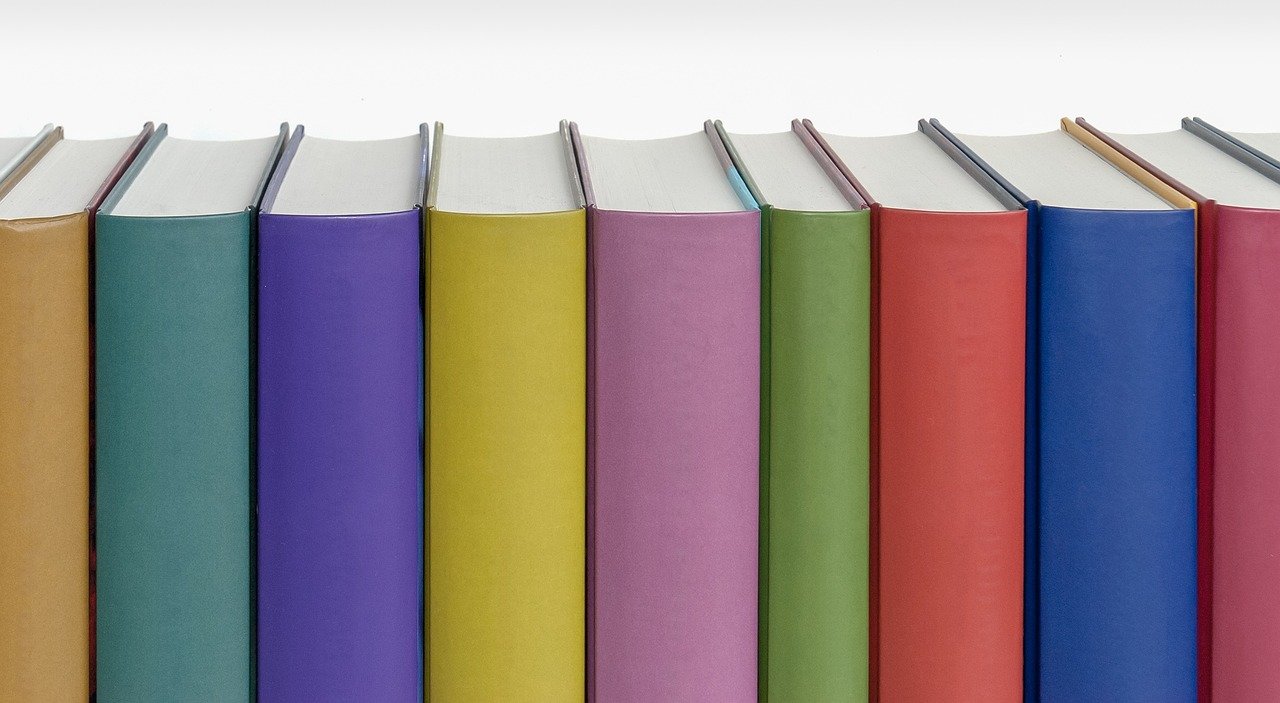Key Takeaways
- Hardcover books offer durability and a premium feel, making them popular for various publications.
- The process involves multiple steps, including bookbinding, cover design, and printing techniques.
- Quality materials and professional craftsmanship are essential for a high-quality finish.
- Sustainable practices in book printing are becoming increasingly important.
Introduction to Hardcover Books
Avid readers and collectors have long cherished hardcover books for their durability and elegant presentation. Whether it’s a classic novel, a coffee table book, or a professional portfolio, hardcover book printing elevates the reading experience. The process of creating these timeless pieces is both intricate and fascinating, ensuring a book that is robust and visually appealing to the readers.
The allure of hardcover books lies not only in their sturdy construction but also in their enhanced aesthetic appeal. They are ideal for special editions, keepsakes, and archival materials, providing a lasting impression that softcover alternatives often fail to achieve. The combination of robust materials and meticulous workmanship makes hardcover books preferred for important publications.
The Bookbinding Process
At the heart of hardcover book production lies the bookbinding process. This involves stitching together the pages and securing them within a robust cover. According to the History of Information, bookbinding has evolved over centuries, with modern techniques ensuring both durability and aesthetic appeal. Traditional bookbinding methods have given way to more advanced techniques. Today, high-strength adhesives and automated stitching machines are standard, ensuring each book can withstand frequent handling without damage.
Attention to detail during the binding process is critical to maintaining the book’s integrity over time. Each step is meticulously planned and executed, from the careful alignment of pages to the precision stitching processes. The result is a book that looks impeccable and is built to last, providing countless hours of reading enjoyment.
Cover Design and Materials
The cover of a hardcover book is its first impression. Designers often spend considerable time crafting an eye-catching layout that reflects the book’s content. Generally, covers are made from sturdy materials like cardboard or board, wrapped in cloth or paper, and sometimes adorned with artistic elements. The choice of materials for the cover significantly impacts the book’s final look and feel.
High-quality, acid-free papers are commonly used to prevent yellowing and degradation. Additionally, embellishments such as foil stamping, embossing, and dust jackets can enhance the book’s appeal and protect it further. These design choices are not merely decorative but effectively convey the book’s message and theme. The collaborative effort between authors, graphic designers, and printers ensures the final cover design is functional and visually compelling.
Printing Techniques
Advanced printing techniques are employed to produce high-quality images and text. Offset printing, for example, is widely recognized for its superior quality compared to other methods. As highlighted by the Printing Partners, this technique ensures crisp, vibrant results that stand the test of time. Offset printing involves transferring ink from a plate to a rubber blanket onto the printing surface, offering precise color reproduction and sharp details.
Digital printing has also made significant strides, offering flexibility for smaller print runs and customization options. However, offset printing remains the gold standard in the industry for larger quantities and projects requiring the highest print fidelity. The choice of printing technique can greatly influence the book’s quality, making it essential to select the right method based on the nature and requirements of the project.
Quality Control
Rigorous quality control measures are crucial in hardcover book production. Each book undergoes a thorough inspection to ensure that it meets the industry’s high standards. This includes checking for consistent color, alignment, and overall finish. Quality control doesn’t end with the visual examination.
Durability tests, such as page pull tests and spine flex tests, are performed to ensure the book can withstand regular use. These meticulous practices guarantee that every hardcover book reaches the consumer is flawless and reliable. Quality assurance processes are an integral part of the production line, ensuring that no defective copies make it to the market. This not only upholds the publisher’s reputation but also builds trust with readers who expect premium quality from hardcover editions.
Sustainable Practices in Printing
Sustainability is becoming a focal point in the printing industry. Many companies adopt eco-friendly practices, such as using recycled paper and non-toxic inks. This reduces environmental impact and appeals to the growing base of environmentally conscious consumers. Companies invest in sustainable technologies and processes to reduce their carbon footprint and promote a green future.
Printers are also exploring ways to minimize waste during the production process, such as optimizing layouts to fit more pages per sheet and reusing offcuts. As the demand for sustainable products grows, the book printing industry innovates to meet these expectations while maintaining high-quality standards. By prioritizing sustainability, printers are making a significant contribution to environmental conservation while staying aligned with consumer preferences for eco-friendly products.
Benefits of Hardcover Books
Hardcover books offer numerous benefits, including enhanced content protection, a longer lifespan, and a more premium feel. They are ideal for special editions, gifts, and archival purposes where preserving the book’s condition is paramount. The combination of hardcover and high-quality materials ensures that these books can endure time.
Additionally, the durability of hardcover books makes them a preferred choice for libraries and educational institutions. Their ability to withstand heavy use ensures they remain a valuable resource for years. Hardcover books also add a sense of gravitas and substance to any collection, making them prized possessions for book enthusiasts and collectors alike.
Conclusion
Creating a hardcover book is a meticulous process that combines craftsmanship, technology, and sustainable practices. By understanding the various stages involved – from bookbinding to quality control – readers can better appreciate the effort that goes into making these enduring literary treasures. The journey of a hardcover book from concept to completion is a testament to the dedication and skill of those involved in its creation.
The result is a product that offers not just a reading experience but a lasting legacy. Each hardcover book is a culmination of collaborative efforts between authors, designers, and printers, guaranteeing a beautiful and durable product. Embracing the timeless appeal of hardcover books ensures that they will continue to be cherished by future generations.











